Hope for Fukushima’s Hamadori: Preserving the Past for the Sake of the Future
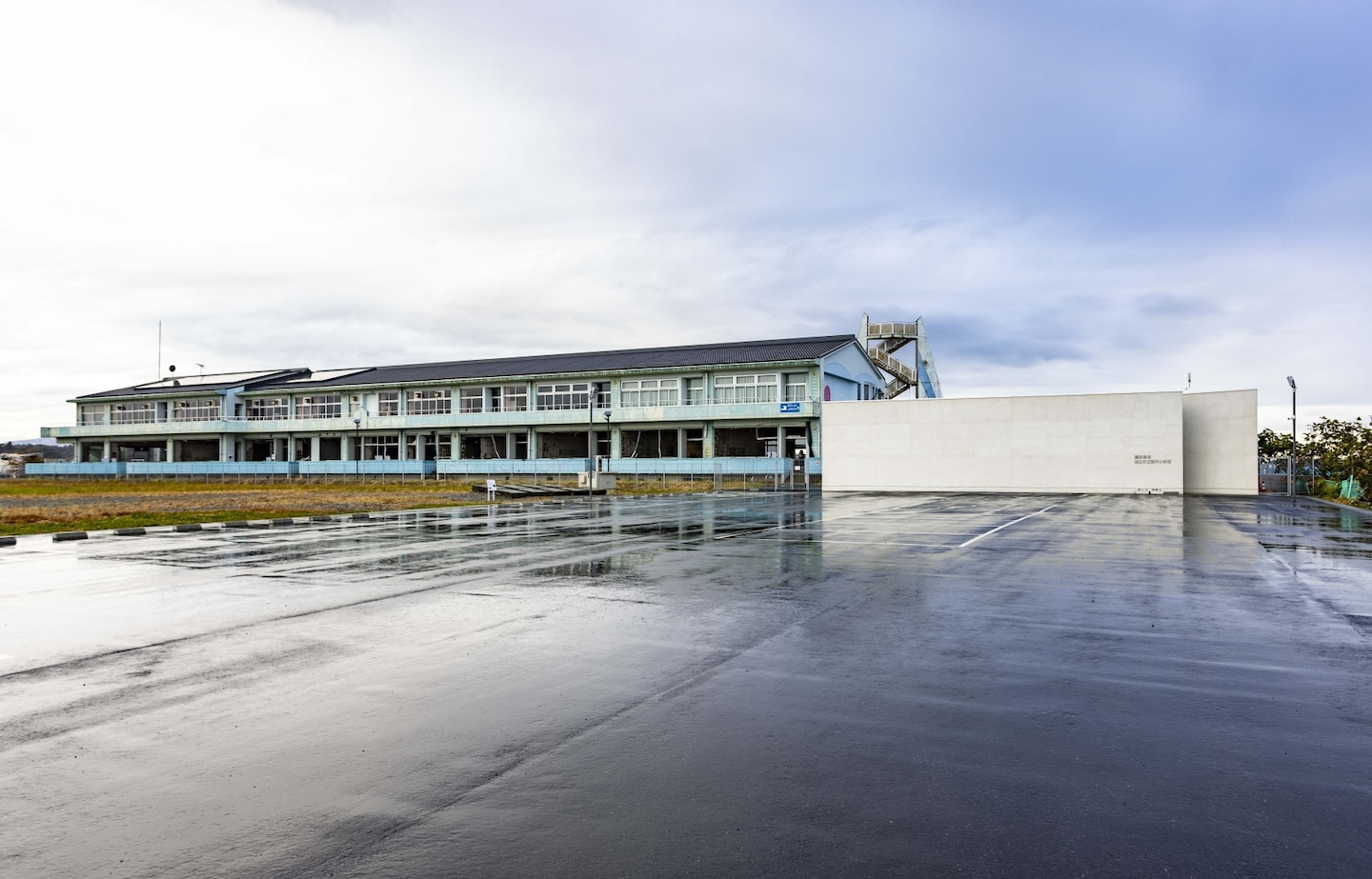
The Hamadori coastal region of Fukushima Prefecture faces the Pacific Ocean, and it suffered greatly from the March 2011 Great East Japan Earthquake and the resulting tsunami and nuclear disaster. In this first part of a two-part series on the area’s revitalization, Louise George Kittaka visits some memorials to the disaster.
By Louise George KittakaFukushima Prefecture is part of Tohoku, the northern region of Japan’s main island of Honshu. Its coastal area, called Hamadori, was particularly hard hit by the events of March 2011, when a massive earthquake caused a devastating tsunami and a nuclear disaster, following damage to the Fukushima Daiichi Nuclear Powerplant. Those living within a 20 km radius of the site were forced to evacuate, losing their homes, livelihoods, infrastructure and community ties in the process. Many of these displaced people eventually established roots in other parts of Japan.
Twelve years on, however, a small but growing number of the former residents are returning and are working hard to revitalize their beloved hometowns. They are being joined by newcomers attracted by the warm community spirit and abundant business opportunities here.
Countless stories about 2011 have appeared in both the Japanese and international media; now the residents are finding ways to present the narrative on their terms. There are a number of memorials in the Hamadori region that are dedicated to the tragic events. In this first part of a two-part series, we take a look at two memorials which offer insights from the perspective of those who experienced 2011 firsthand. In Part 2, we will introduce some of the Hamadori residents who are offering hope for the region’s future with various intiatives.
Namie Town Ukedo Elementary School—the “Miracle School”
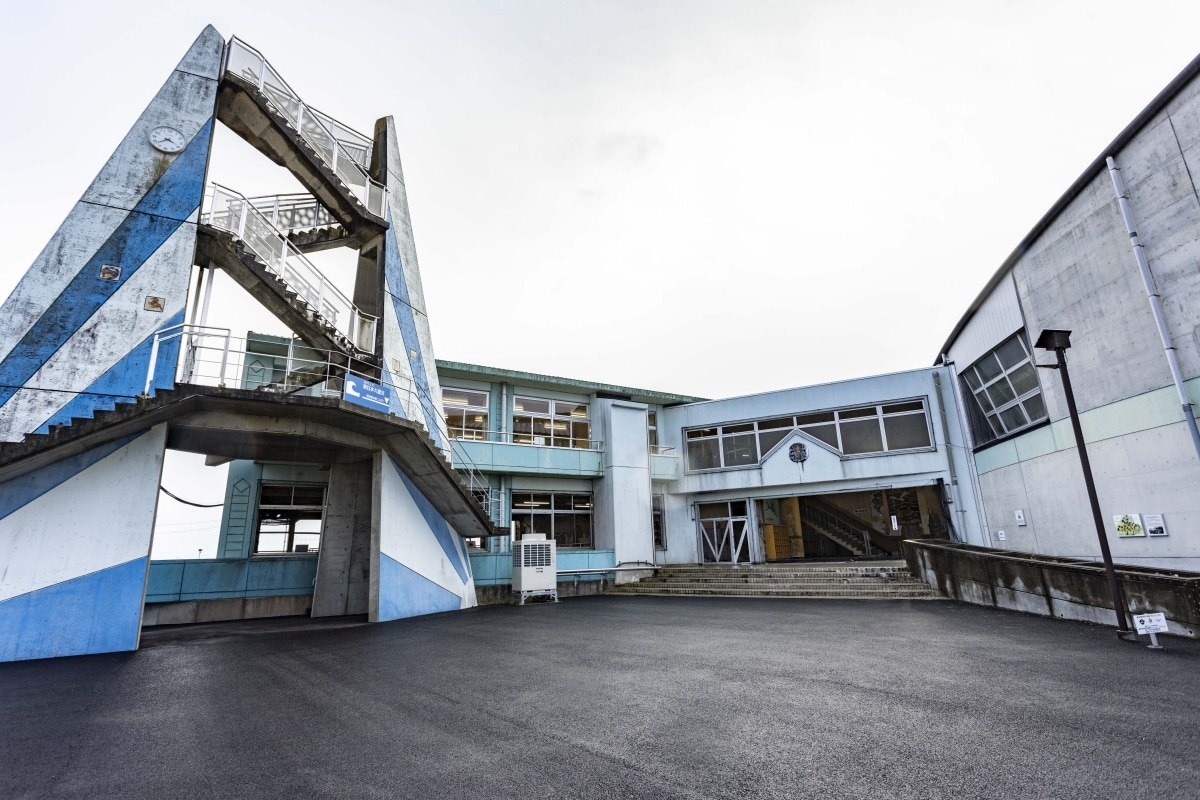
The exterior of Namie Town Ukedo Elementary School
When the earthquake struck on the afternoon of March 11, 2011, most of the Hamadori region’s schoolchildren were still in class. As news of the resulting tsunami reached them, teachers and school administrators had to make decisions which would ultimately decide the fate of many young lives. Fortunately, all the children and staff at Namie Town Ukedo Elementary School made it to safety. Dubbed the “miracle school” by local residents, the buildings remain as a symbol of that tumultuous day.
Situated just 300 meters from the ocean, the original elementary school was established in 1873 in the fishing hamlet of Ukedo (now part of Namie Town). The school was rebuilt in 1998 with a design incorporating marine elements such as a ship and sea creatures—reflecting the important role the ocean has played in the lives of the people.
The earthquake struck at 2:46 pm, with the first tsunami warning coming minutes later. As anxious parents began rushing to the school to pick up their children, the principal was faced with a dilemma. Trying to unite some of the students with families at that point would take too long, and time was of the essence. Urging the parents to make their own way to safety, the principal announced that the children would evacuate as a group with the staff.
The tsunami completely destroyed Ukedo. Sadly, 154 people lost their lives and many other residents are missing, presumed dead. Thanks to the quick-thinking and the presence of mind of the teachers, however, all 82 children and the staff of the elementary school were able to safely reach a nearby mountain—including one student in a wheelchair. The following day the entire population of Namie had to evacuate due to the danger of radiation. Aside from occasional visits, residents were not permitted to return until 2017.
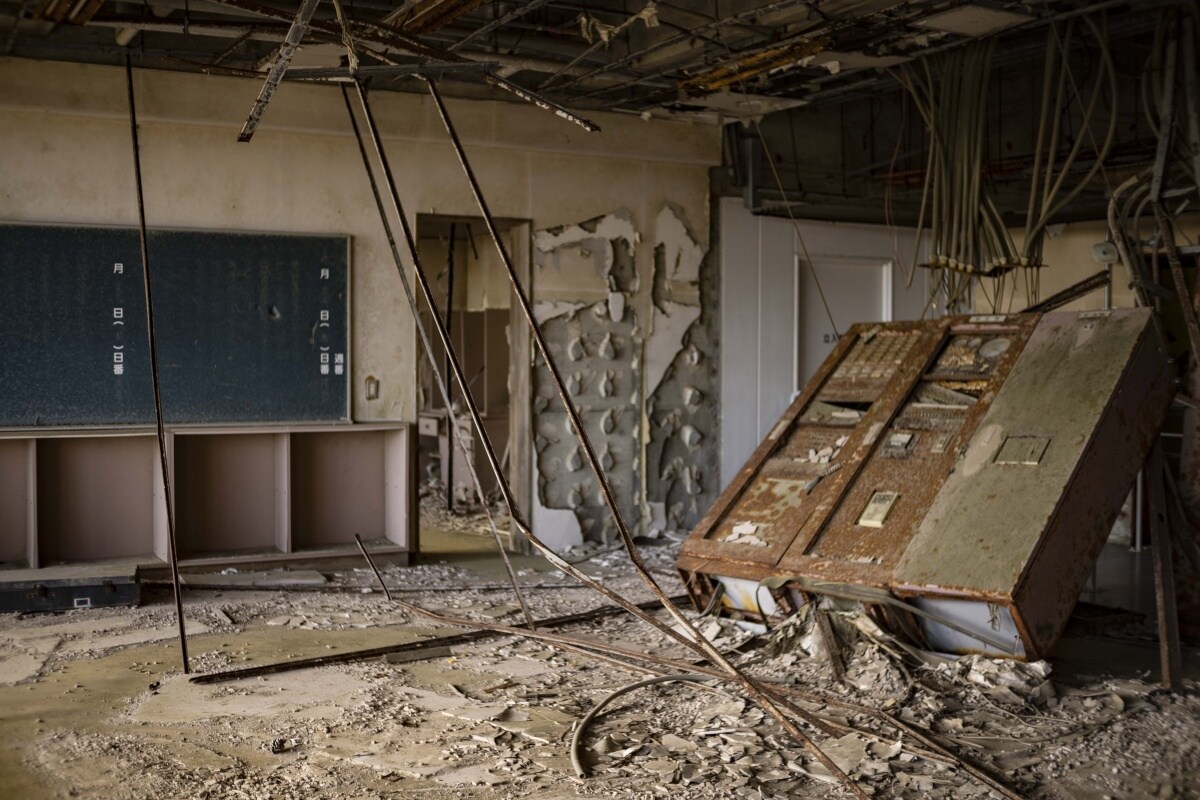
The staffroom, where the power distribution board collapsed
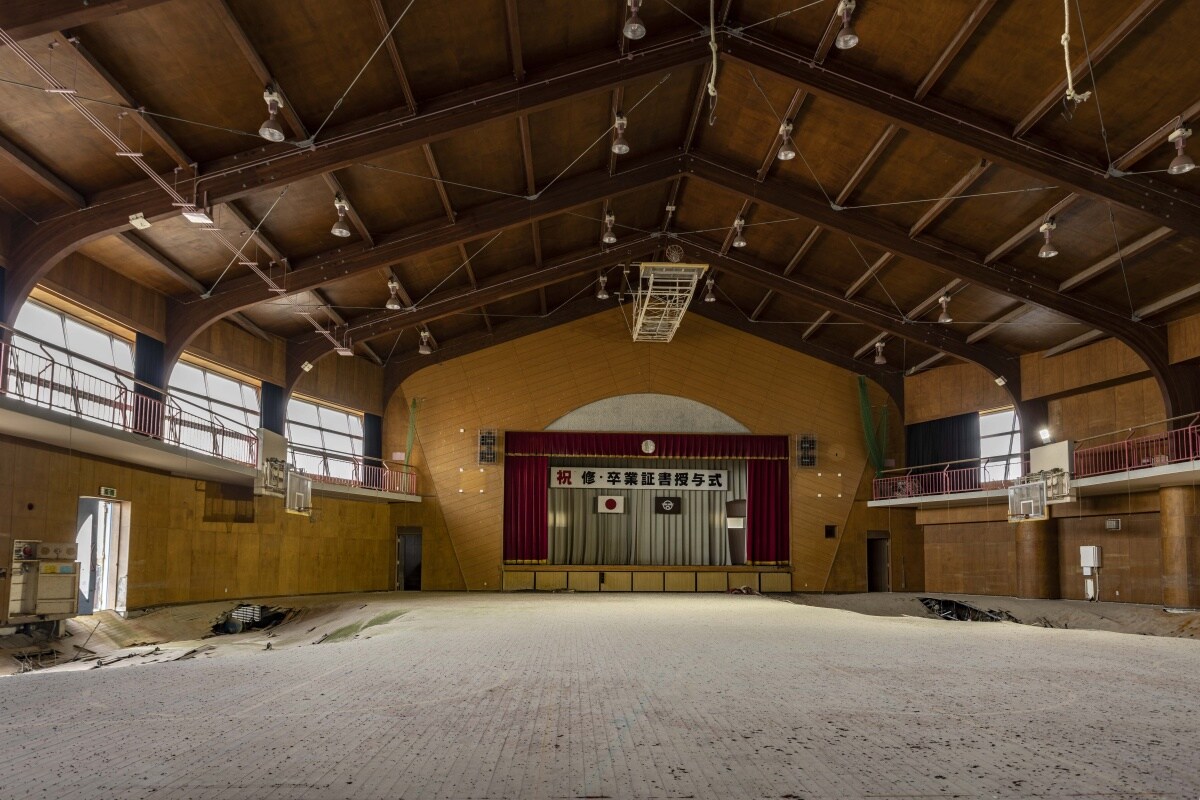
The gymnasium, where the floor was warped
Today, the Ukedo Elementary School is a memorial site that remains largely in the same condition it was in after the disaster. Following basic clean up efforts to ensure safety and accessibility plus the addition of a welcome pavilion, visitors are able to walk the halls and the grounds of the school. The battered walls, stopped clocks and destroyed interiors of the classrooms bear testament to the power of the tsunami that swept through the school that day.
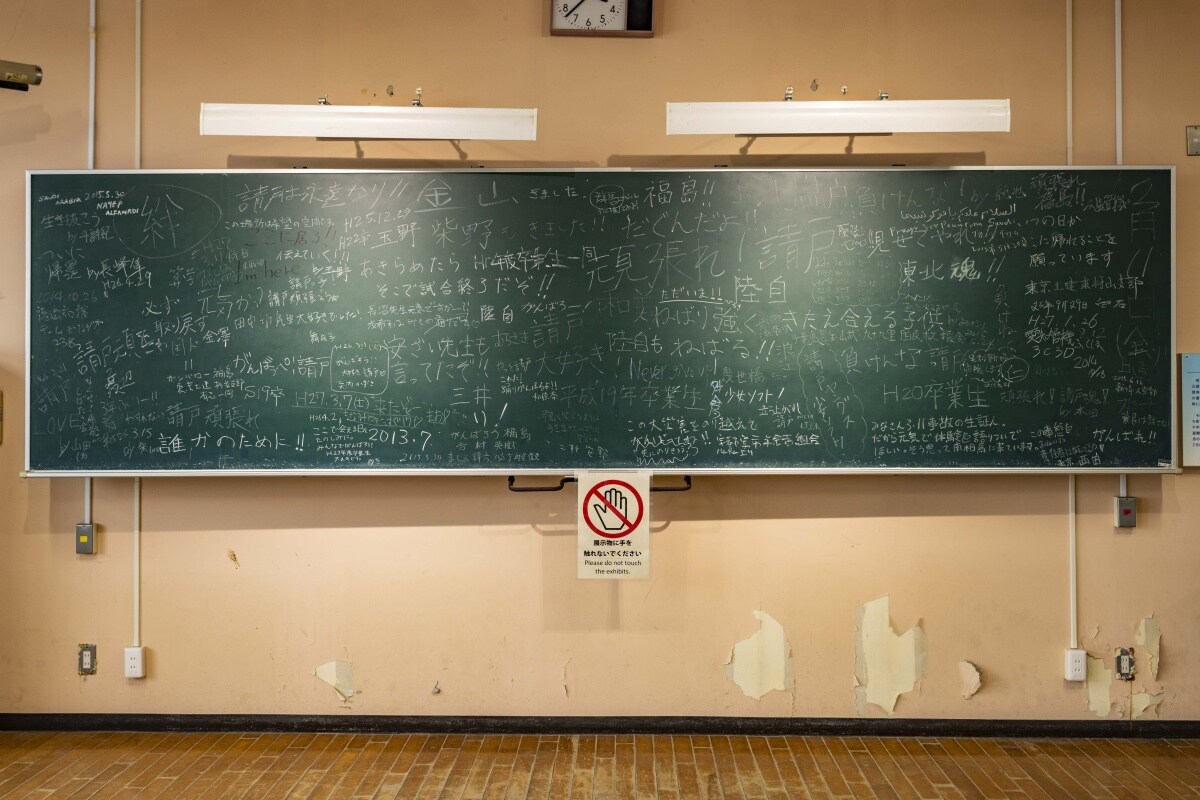
A blackboard where supportive messages were left
One particularly poignant sight is on the second floor of the building. The school was used as a base for some of the area’s early rescue and recovery efforts, and workers wrote supportive messages on a blackboard in one of the classrooms. These have also been left in their original state, along with additional words of encouragement added by former students and families during their visits back to the school.
A solemn air prevails at the elementary school, which was once filled with the lively voices of youngsters. However, there is also a sense of relief and hope in knowing that the last generation of students are now young adults with their whole lives ahead of them.
For more information: https://en.hamadori-coast.com/place/p05
The Historical Archive Museum of Tomioka—a Hometown Remembered
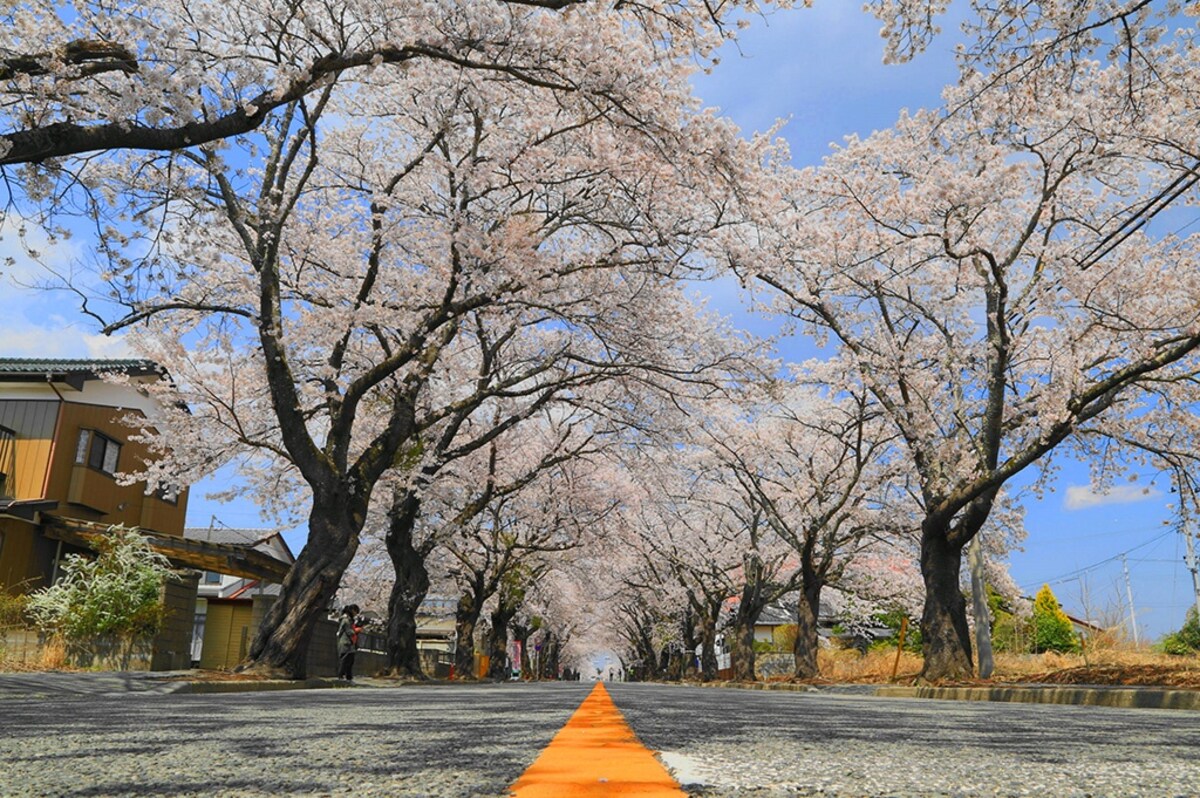
Yonomori sakura tunnel
Tomioka’s residents have been justifiably proud of the beautiful cherry trees that line a 2.2-kilometer-long road in the town. However, after sustaining major damage on March 11, 2011 from the earthquake and tsunami, the entire town was told to evacuate the next day, due to its proximity to the Fukushima Daiichi Nuclear Power Plant. Similar to the town of Namie, entry restrictions were finally lifted for much of Tomioka in 2017, although some areas are still not accessible.
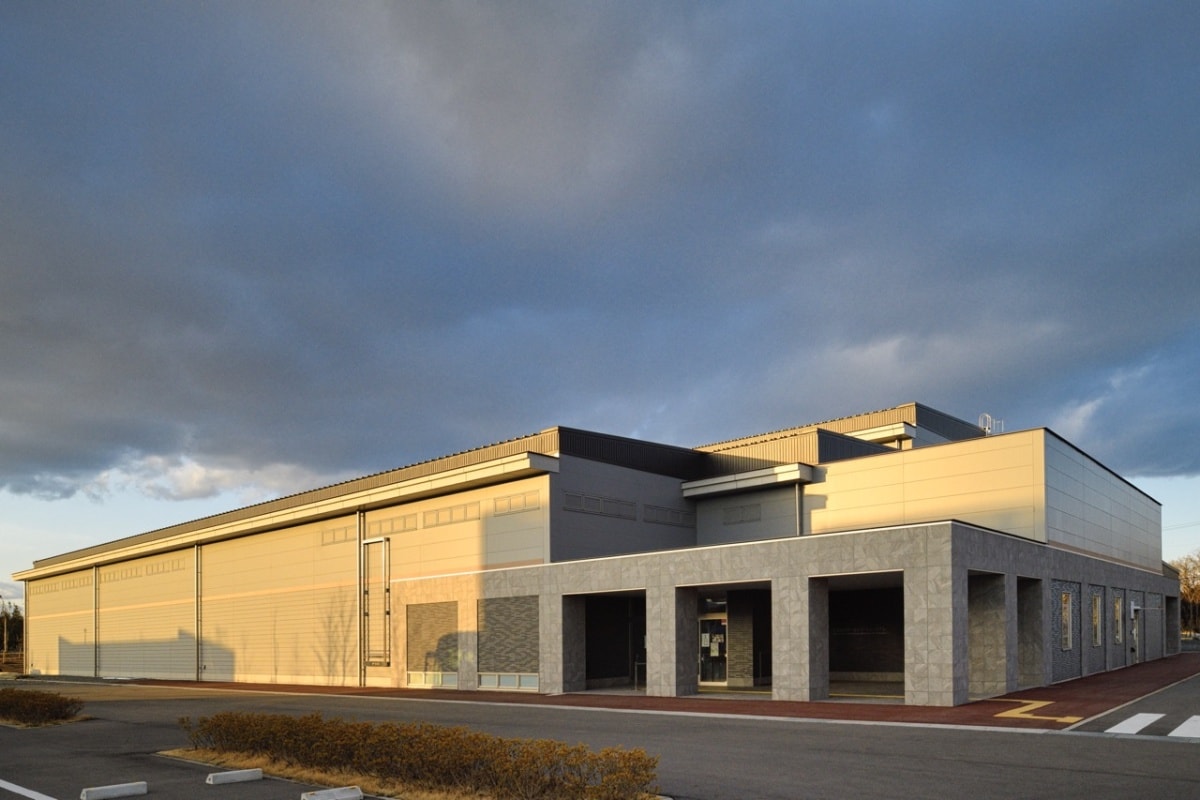
The Historical Archive Museum of Tomioka
As former residents and town officials pieced together their lives, people began asking for stories from their hometown to be preserved. Their collective efforts culminated in the opening of the Historical Archive Museum of Tomioka in 2021. “The museum serves two purposes,” says the museum’s curator, Yoshino Takamitsu. “It’s a place for residents and visitors alike to learn about Tomioka’s heritage, as well as a center for the documents and knowledge gained from the experiences of 2011.”
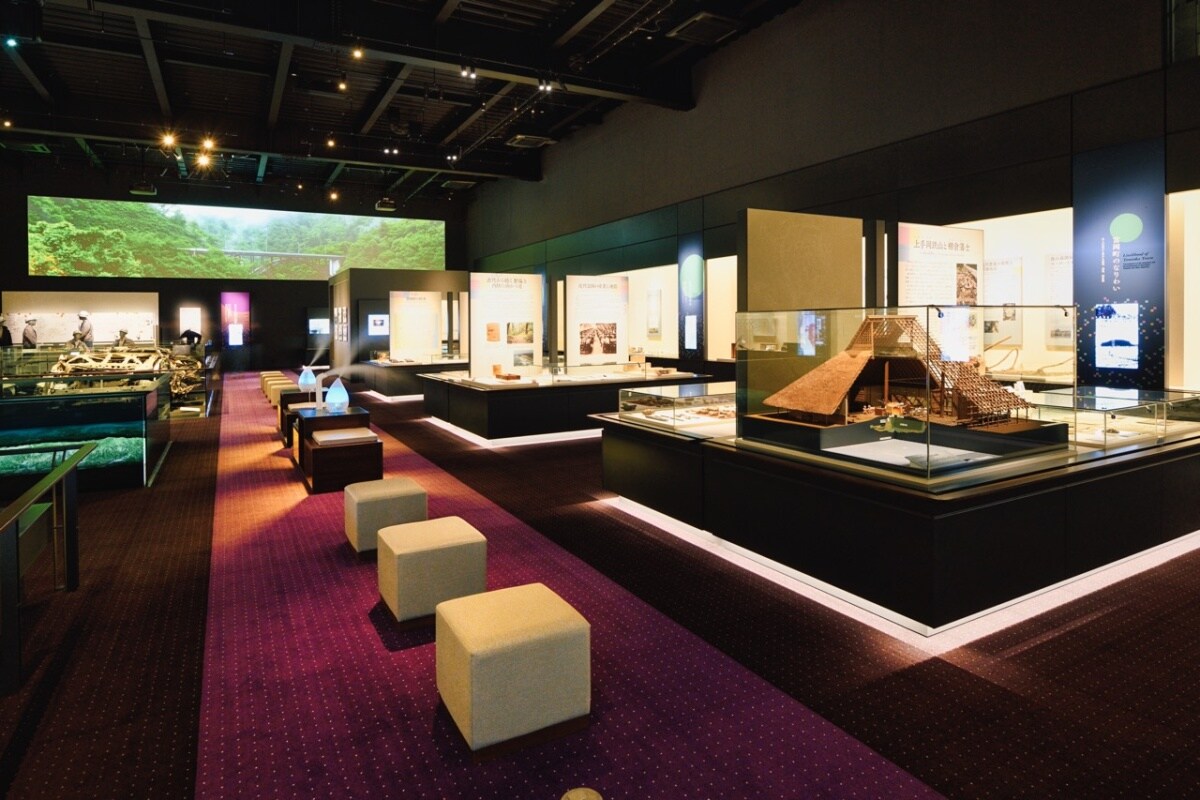
Inside the Historical Archive Museum of Tomioka
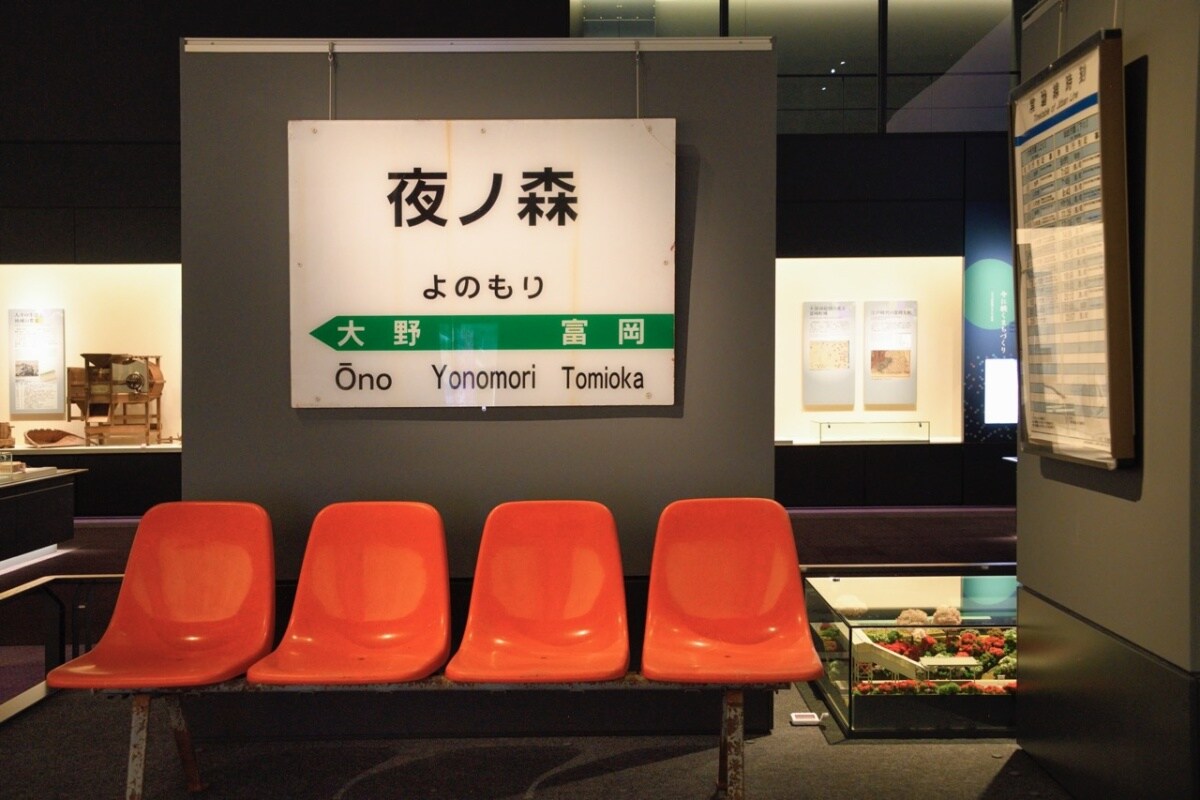
A sign and seating from Yonomori Station
The archives of the events that altered the course of history are being shared with the world, with the hope that lessons learned may benefit future generations. The museum also showcases the courage and fortitude of the people, thorough stories like that of the iconic Tomioka wa maken! (Don’t give up, Tomioka!) banner. Created by a local man to cheer on his hometown, it hung continuously from a pedestrian bridge until 2017, when the evacuation ban was lifted and the banner was retired. The now fragile original has been carefully stored at the museum, but visitors can view a copy that is on display.
While the town’s name will be forever synonymous with the 2011 Great East Japan Earthquake, Tomioka has a long and rich history as a center for agriculture and commercial fishing. It also has unique regional culture and traditions, such as Hayama Shrine’s fire festival, said to have begun more than 400 years ago. The museum brings Tomioka’s past to life through artwork, photos, videos, dioramas and artifacts, ensuring that the town’s heritage will be remembered and passed on.
On April 1, 2023 the evacuation order was finally lifted for the area of town that is lined with the cherry trees, just in time for the cherry blossom viewing season. The flowers are symbols of rebirth and new beginnings, while the beloved cherry trees themselves represent an enduring aspect of the town’s history. In a similar vein, the Historical Archive Museum of Tomioka pays homage to a hometown that did not give up, and a spirit that will endure for coming generations.
For more information: https://www.facebook.com/TheHistoricalArchiveMuseumOfTomioka/
Read part two in this series here.



